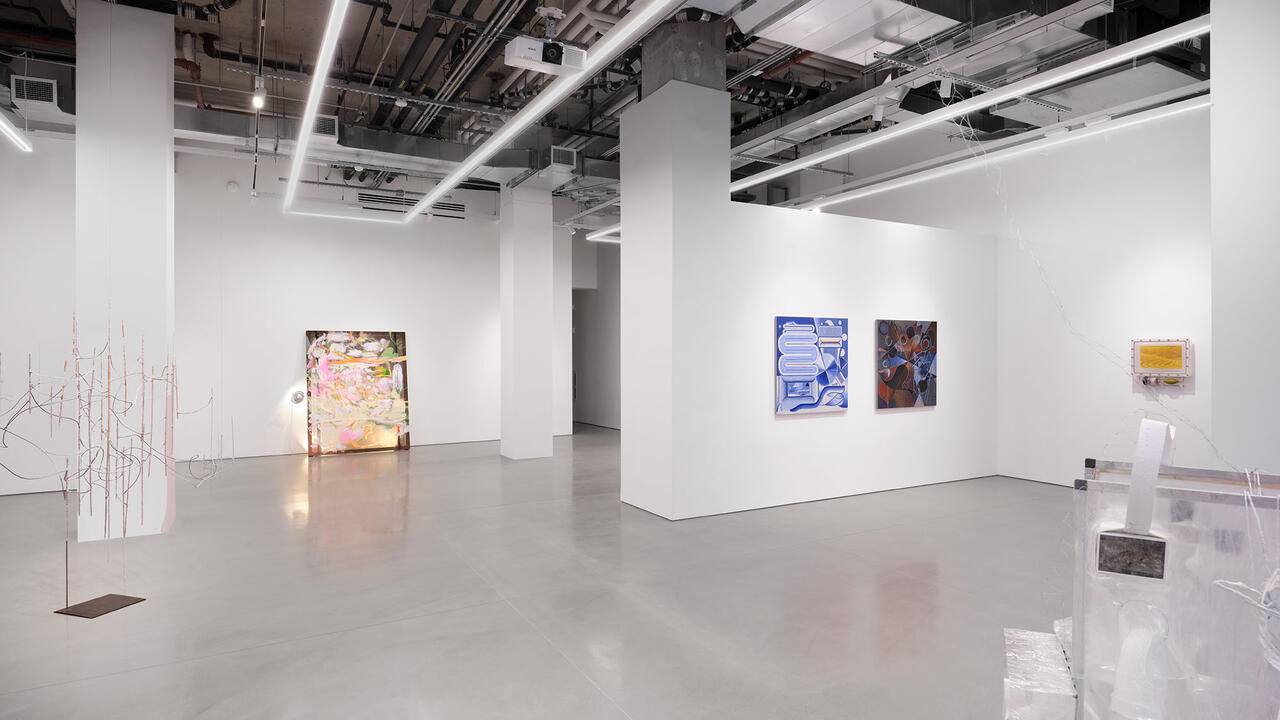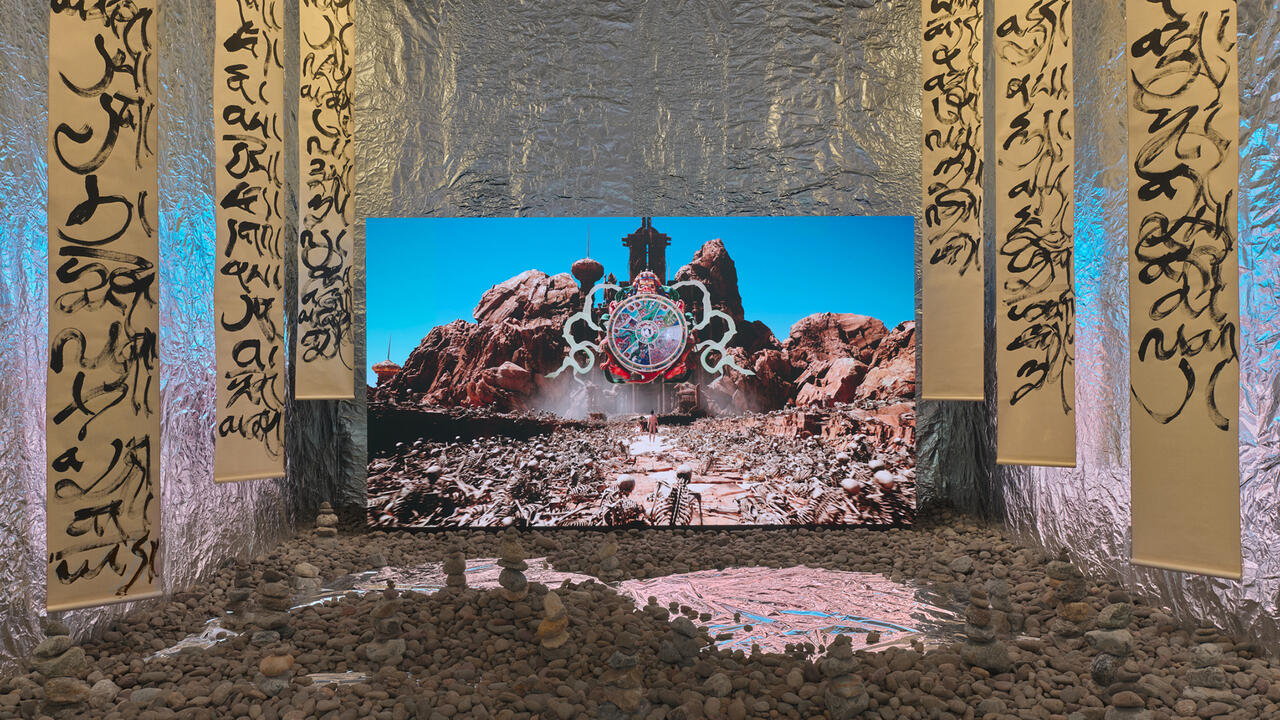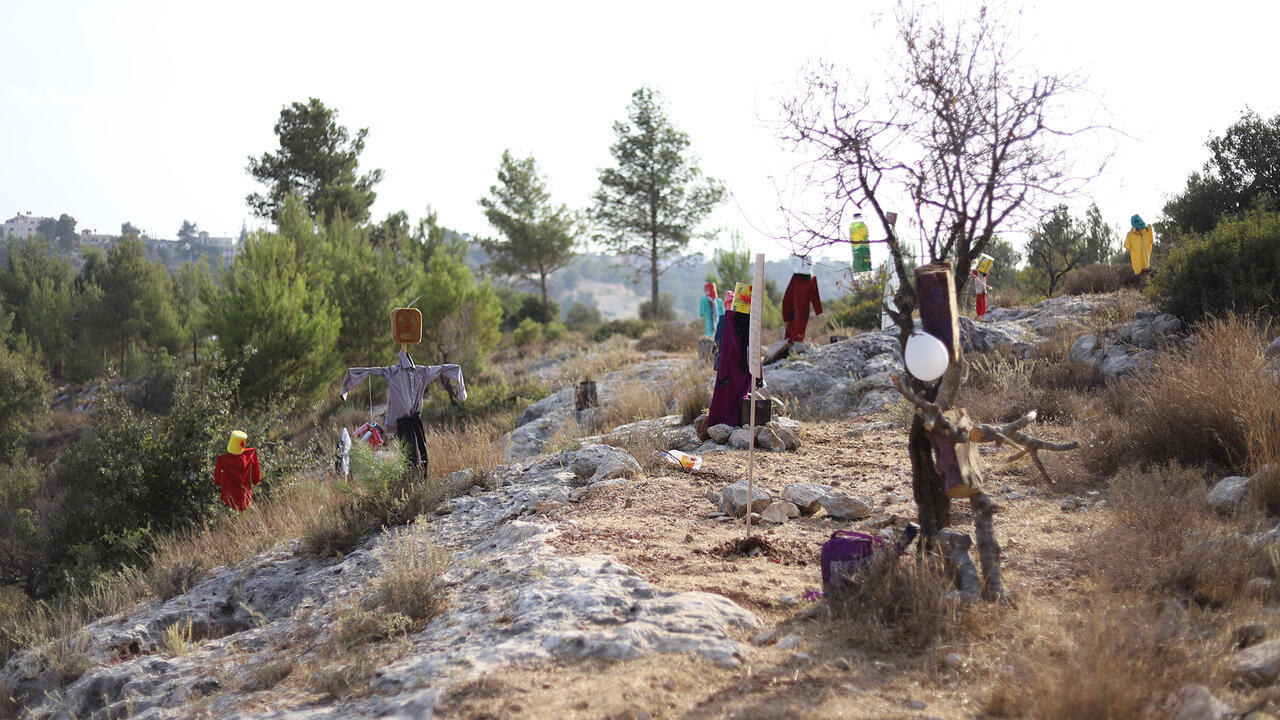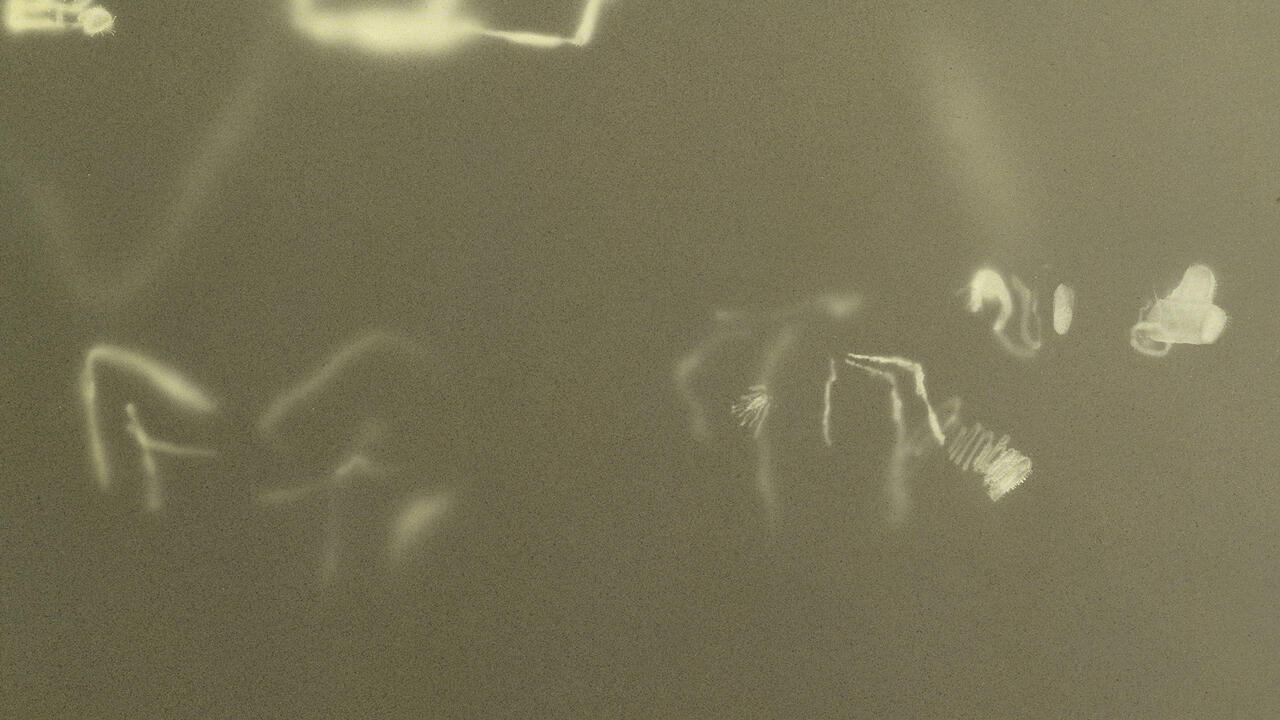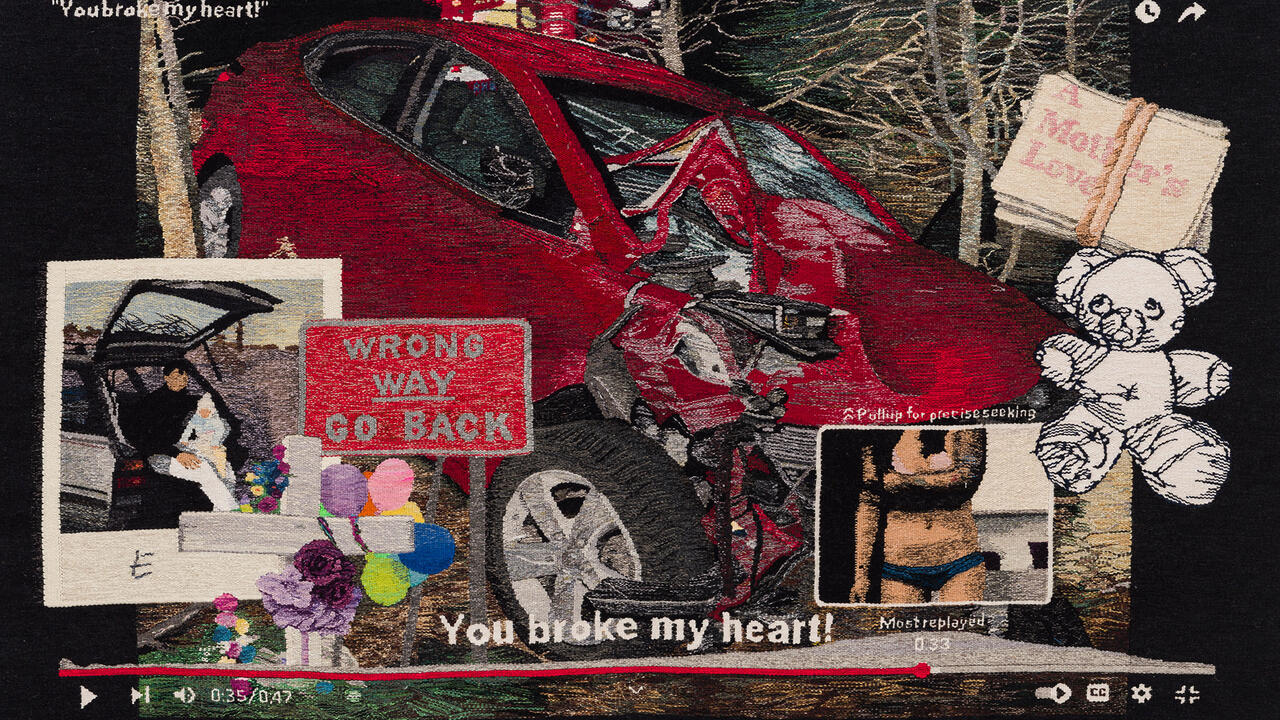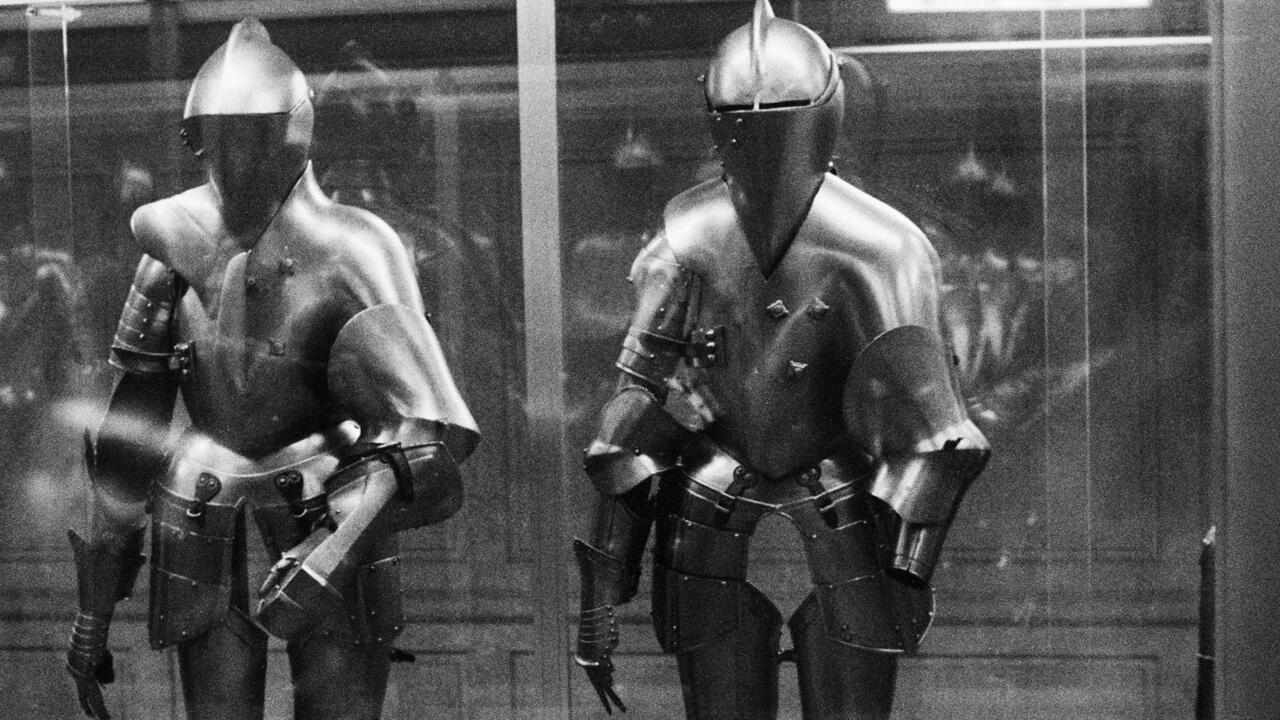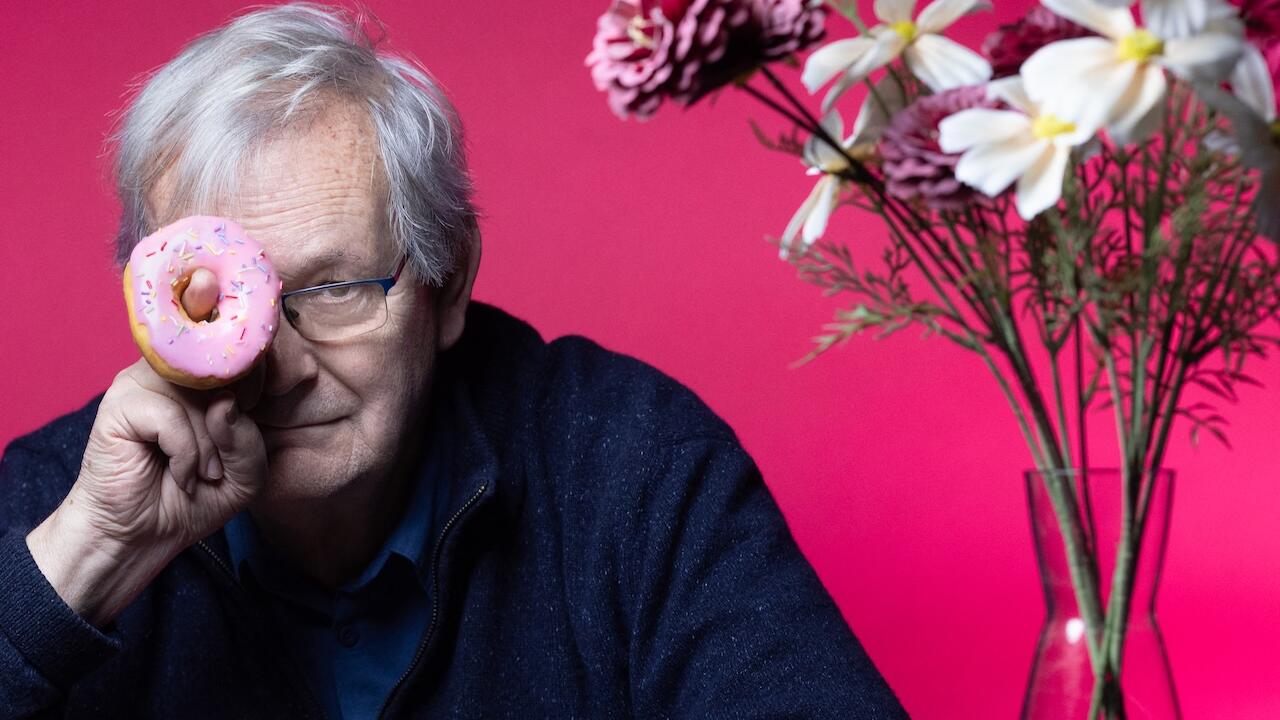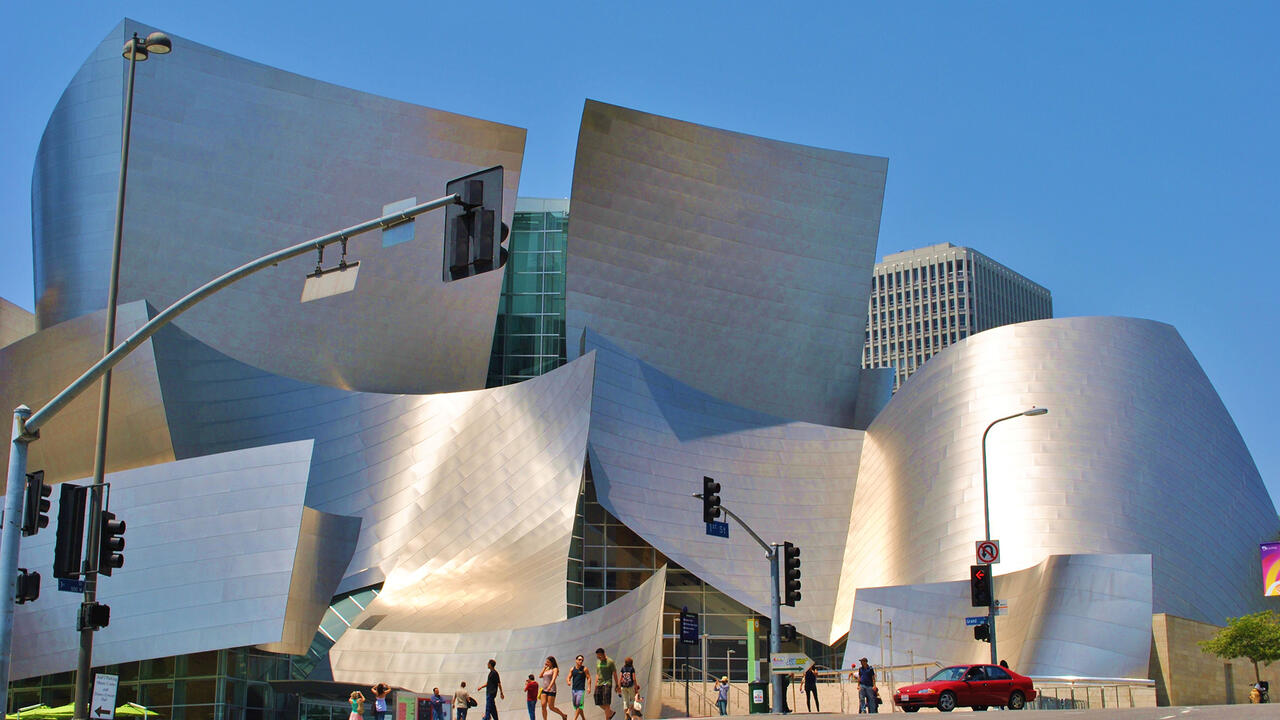‘You Can’t Eat Prestige’: What the Art World Can Learn from Organized Labour
From Brooklyn Academy of Music to the New Museum, art workers are increasingly agitating for better compensation and a seat at the table
From Brooklyn Academy of Music to the New Museum, art workers are increasingly agitating for better compensation and a seat at the table

New York’s art world has seen a considerable uptick in labour organizing in recent months. In April, employees at the Brooklyn Academy of Music (BAM) signed a petition to associate with the labour union United Auto Workers (UAW) Local 2110. The push by administrative and cinema staff at BAM was triggered by the alleged slashing of health care benefits (a claim which BAM denies), transformation of full-time into part-time employment, and other reductions. A UAW election is expected soon.
In the same month, employees at the Tenement Museum – an institution devoted to New York’s immigrant and labour history – voted to unionize and join UAW Local 2110. ‘I’d like to think that maybe we’re catching up to how other places are thinking about how workplaces ought to be organized. Maybe some of the stigma and fear around unions has melted away,’ museum educator Nicole Daniels said.
Meanwhile, art workers looking to unionize have an important precedent to look to: MoMA.
MoMA held its annual Party in the Garden fundraiser gala last June. Guests enjoyed a formal seated dinner under the shade of a designer tent, custom-fitted around the trees in the Rockefeller Sculpture Garden. They rubbed shoulders with Marina Abramović and Jeff Koons before catching an avant-garde pop performance by St. Vincent. The honouree that evening was wealthy philanthropist Agnes Gund, a legendary patron of the arts and renowned advocate of social justice.
But outside the garden walls, museum workers agitated for some justice of their own.
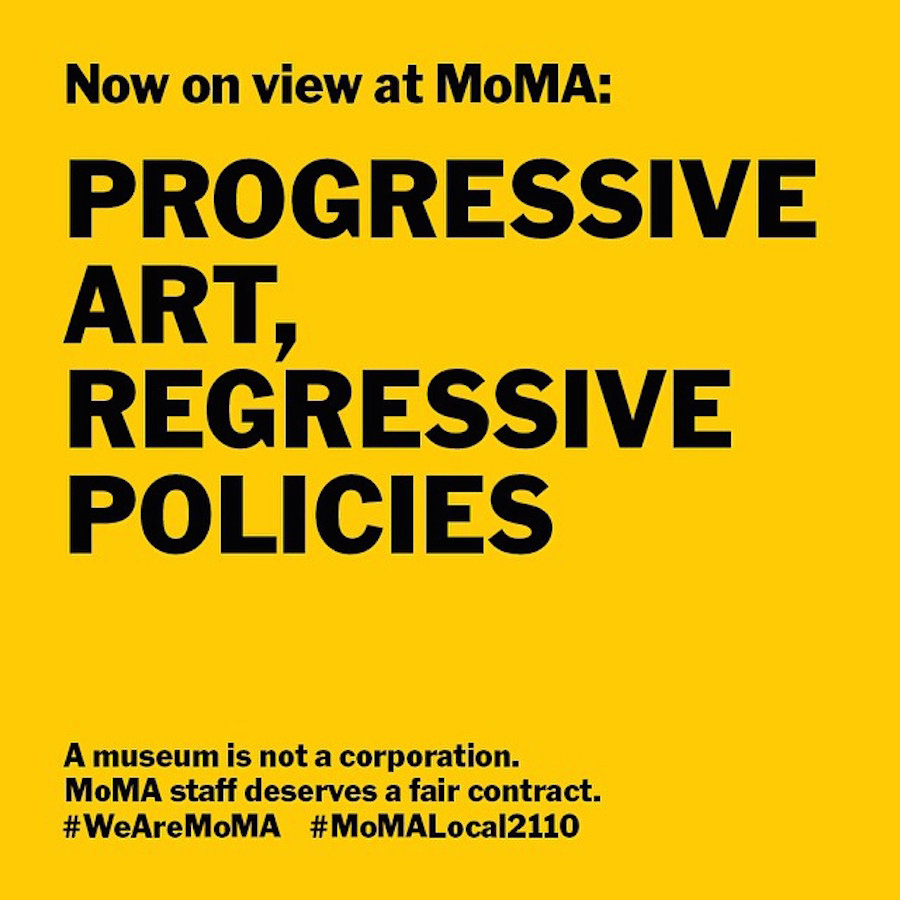
Members of UAW Local 2110, which represents over 250 workers at the museum, called their protest Party in the Pavement. They passed out leaflets reading, ‘Some of us make as little as $35,000 per year; most of us earn less than $53,000. Without a fair contract, we cannot make ends meet in New York City.’ The leaflets urged partygoers and passersby to write to MoMA director Glenn Lowry, whose salary clocks in at over USD$2 million, urging him to bargain with the union in good faith.
‘We were trying to demonstrate that it’s the art workers who make possible the exhibitions and programming and the spectacle of art in our institutions,’ says Athena Christa Holbrook, a collection specialist in the Department of Media and Performance and a member of UAW Local 2110. ‘We’re integral to bringing that into being, and we want to be recognized and fairly compensated for it.’
MoMA workers have been unionized since the 1970s. ‘We’re still not compensated fairly,’ says Holbrook, noting that worker pay has lagged while executive pay has soared and the museum expands. But the longstanding tradition of collective bargaining at MoMA means that ‘we are compensated more fairly than a lot of other places,’ she says. ‘We have some of the highest salaries and benefits for art workers in New York, and that’s because we have a union that has fought for decades.’
Holbrook says MoMA workers have better benefits and salaries than a lot of people in the art world thanks to their union, ‘but that doesn’t mean that what we have should be the bar.’ An axiom of the labour movement is that the moment you stop fighting, all the gains you’ve won are quick to erode.
In January, staff at the New Museum voted to join UAW Local 2110, despite attempts at union-busting from upper management.
‘We wouldn’t have the union if it weren’t for the people at MoMA,’ says Lily Bartle, an editor at the New Museum and a member of the organizing team that led the unionization drive. ‘That’s how we got in touch with the people at Local 2110.’ In a display of cross-institutional art worker solidarity, MoMA union members also came to the New Museum workers’ public actions and guided them through the process of unionizing.

The New Museum hired a union-busting firm called Adams Nash Haskell & Sheridan to help them dissuade their workers from going the way of MoMA. When they weren’t able to prevent workers from voting to unionize, Bartle says they turned to obstructionism and soft retaliation.
‘In late March 2019,’ said the New Museum when reached for comment, ‘we began productive, regular bargaining meetings with representatives from the union cohort which continue on a regular basis, and we look forward to a positive outcome.’
‘We’ve had about six sessions so far and the museum refuses to concede so much as a union bulletin board in the staff kitchen,’ counters Bartle.
According to Bartle, the museum’s upper management has also made a number of changes to terms and conditions of employment for regular staff since the union election.
‘We do not believe there is any merit to the charge of changes to terms and conditions of employment since the vote occurred in January 2019,’ says the museum.
Bartle says otherwise, alleging that ‘despite what the museum claims, the union-busting persists and is seemingly relentless.’

As the union and museum management embark on negotiations, the museum has employed another tactic: refusing to allow bargaining to take place on the museum’s premises, stating that it would interfere with workflow and visitor experience, despite the fact that it would take place after-hours. The museum instead insists that bargaining happen offsite, often at the museum’s law firm.
‘We feel strongly that negotiations should be held on the premises,’ says Bartle, ‘because forcing us to bargain at management’s law firm shows that the museum still wants to paint the union as some outside group rather than a legitimate and permanent part of the workplace.’
While the New Museum says that it no longer employs Adams Nash Haskell & Sheridan, the management continues to throw wrenches into the bargaining process, says Bartle. ‘But from what I hear from my friends at MoMA, we definitely have brighter days ahead.’
Bartle says it wasn’t always easy to convince her coworkers that they ought to form a union. MoMA aside, union membership is not a norm in the art world. But that might be changing. ‘The fact that life in cities is becoming prohibitively expensive for the vast majority of people, that’s definitely effecting an awakening around labour issues and class consciousness,’ she says.
Bartle predicts an uptick in labour organizing in the New York art world, spurred by both the economic realities of city life and a renewed openness to organized labour in the broader culture. The news from the New Museum has prompted workers at some other institutions to talk about following suit, she says. ‘We’re seeing a pretty widespread shift in people’s attitudes and understandings of what organized labour is and what it can do.’
Members of UAW Local 2110 have a motto, coined by the workers at MoMA but sure to resonate with workers throughout the art world: You can’t eat prestige.
‘I think that kind of sums up the issue here,’ says Holbrook. ‘We do work for these prestigious institutions, and we’re very honoured to work for them. We’re also very passionate about bringing art to the public. But that doesn’t mean we should be paid in prestige.’
‘We work with incredible collections,’ Holbrook says, ‘but we still work.’
Main image: MoMA Union members hold protest, 2018. Courtesy: Instagram and @momalocal2110









